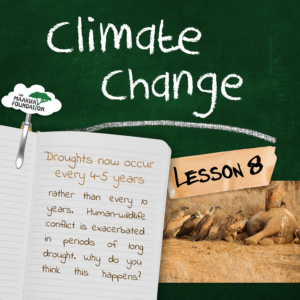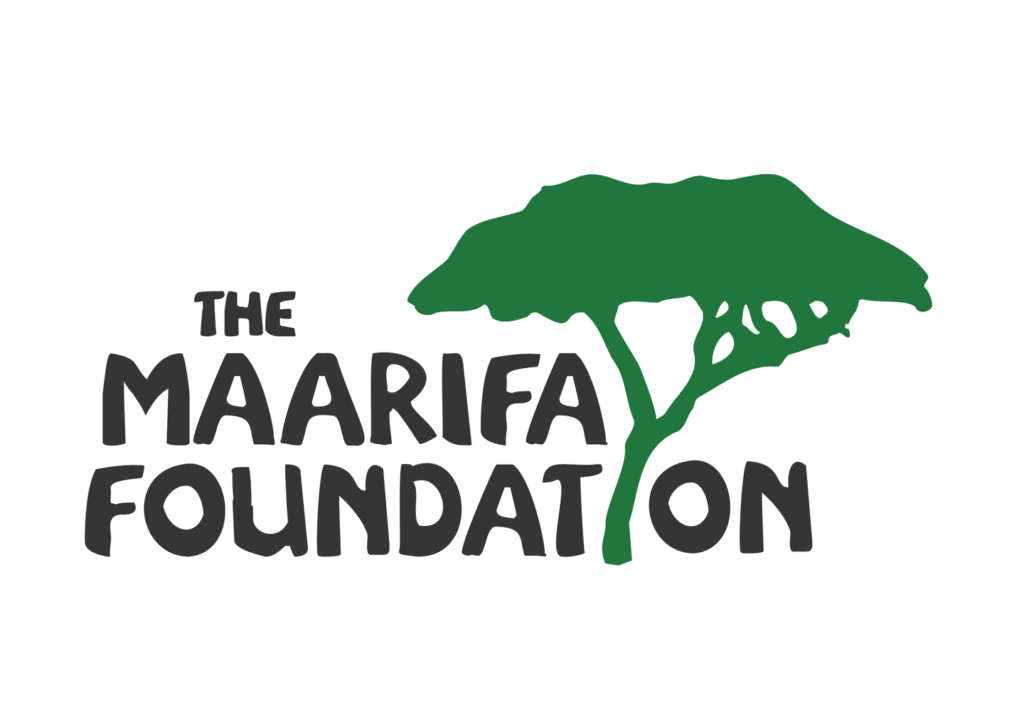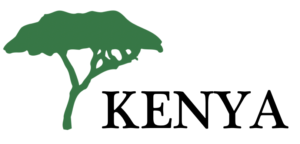
The Mazingira Club 'Education for Conservation' Program
We currently have 120 students actively engaged in our Mazingira Club ‘Education for Conservation‘ Program. The curriculum involves a mix of in-class lessons, outdoor activities and field trips that address locally-relevant conservation learning and skill development aimed at empowering students to take care of wildlife, habitats and the ecosystem services they provide. Lessons are taught by our locally employed Maarifa Educators who visit the schools weekly to deliver these sessions. Each year a new cohort of 30 students from each school is selected to join the two-year program. At the end of the two years, students graduate as the school environmental leaders and actively participate and lead small sustainability projects at the school and mentor other students.
Lesson 1: Amboseli & Mara Ecosystems
Lesson 1 introduces students to the ecological significance of their local ecosystem where they live and highlights some of the major natural values and the benefits of protecting their unique biodiversity. Students from the Illoirero Primary School learn about the Amboseli Ecosystem, while the Mara Ecosystem lesson is delivered to students from Kishermoruak Primary School
- Introduction to ecology and conservation biology
- The Amboseli and Mara ecosystems
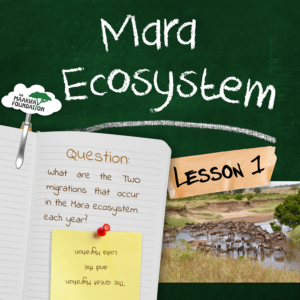
Lesson 2: Threatened Species
Lesson 2 educates students about the threats facing wildlife in their area and the challenges surrounding conservation action and solutions. At Illoirero Primary School we focus a lot on elephants and introduce students to the term ‘key stone species’. At Kishermoruak, we talk a lot about lions and their role in the ecosystem and why they are too also under threat. Rhino are no longer found in Amboseli and very very few are left in the Mara – the ‘why’ is discussed in great detail.
- Why species become threatened
- Human-wildlife conflict
- Conservation solutions and success stories
Did you know lions have disappeared from over 90% of their original range?
Did you know that in our first year of teaching this lesson, some students at Illoirero Primary School did not believe there was such animal as a rhino? To them they were like unicorns – because only ever seen a picture but did not think they really existed.
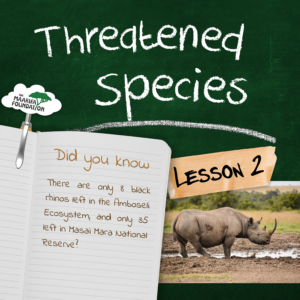
Lesson 3 - 4: Storytime & Discussion (Ole Peenko's Journey)
In Lessons 3 and 4, students will read Ole Peenko’s Journey, written by Kenya Wildlife Trust. This book contains fictional stories focusing on the real life conservation challenge of human-wildlife conflict. Due to location, students in our Mara school are also visited by a human-wildlife conflict management officer from Mara Predator Conservation Program who reads with the students and discusses the messages portrayed in the book.
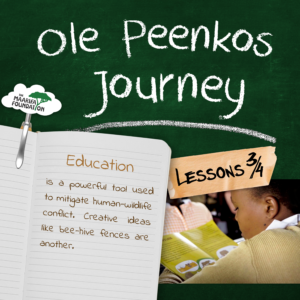
Lesson 5: Fences & Wildlife Movement
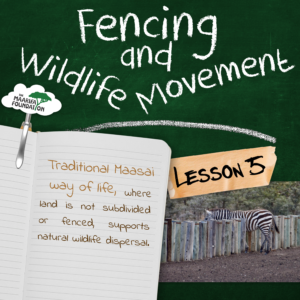
Lesson 6: Traces & Tracking
- Why do we track?
- How to track
- Local examples
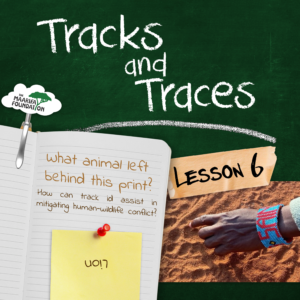
Lesson 7: Natural Resources
- What are natural resources?
- Threats to natural resources
- Introduction to sustainability
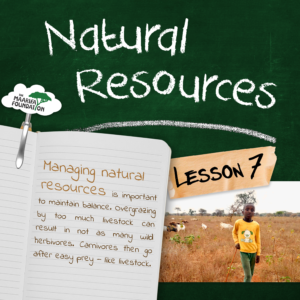
Lesson 8: Climate Change
- Climate change in Amboseli & Mara ecosystems
- Waste and pollution
- Reducing the impacts of climate change
